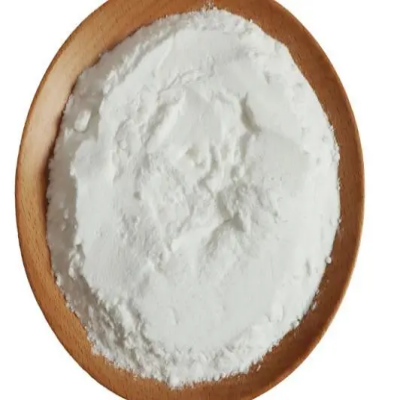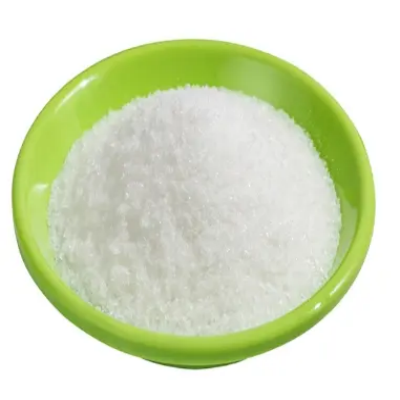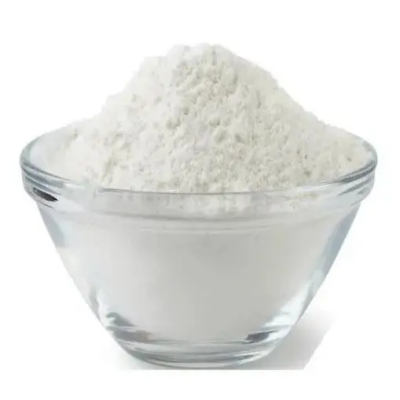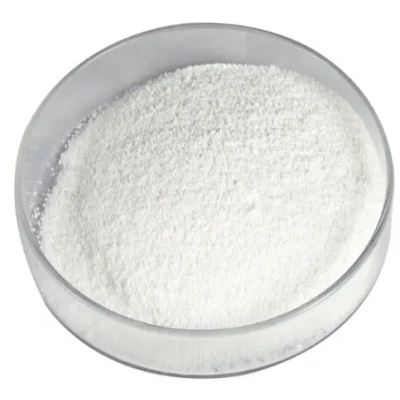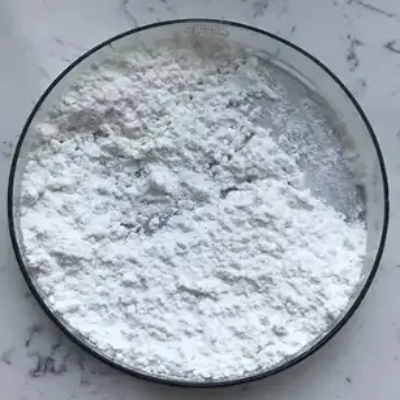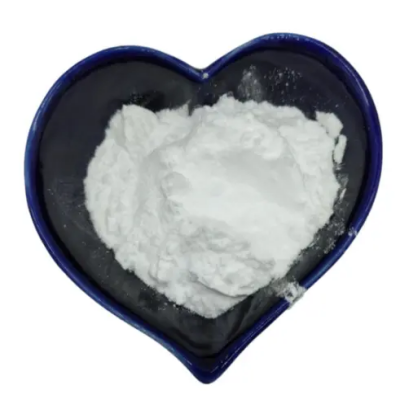6-Chloro-3-methyluracil CAS:4318-56-3
6-Chloro-3-methyluracil is synthesized through a series of organic reactions starting from uracil. The modification at the 6th and 3rd positions involves selective chlorination and methylation, often requiring specific reagents and conditions to achieve the desired substitution pattern. This selective functionalization is crucial for studying the biological activity of the modified nucleobase. Synthetic Routes The synthesis of 6-Chloro-3-methyluracil typically begins with uracil as the starting material. Chlorination at the 6th position is generally achieved using chlorinating agents like thionyl chloride or phosphorus oxychloride. Methylation at the 3rd position can be accomplished via methylating agents such as methyl iodide in the presence of a base like potassium carbonate. These reactions are conducted under controlled conditions to ensure regioselectivity and yield of the desired product. Biological and Pharmacological Significance 6-Chloro-3-methyluracil has shown potential biological activities, including antiviral and anticancer properties. Its structural similarity to natural nucleotides allows it to interfere with nucleic acid synthesis, potentially inhibiting the replication of viruses or the growth of cancer cells. This makes it a valuable lead compound in the development of new antiviral and anticancer agents. Applications in Medicinal Chemistry In medicinal chemistry, 6-Chloro-3-methyluracil serves as a template for designing and synthesizing nucleoside analogs with specific therapeutic activities. Modifying the uracil structure to include chlorine and methyl groups can enhance the compound's bioactivity and specificity, leading to more effective drugs with reduced side effects. Conclusion 6-Chloro-3-methyluracil is an important compound in the field of medicinal chemistry due to its unique chemical structure and potential therapeutic effects. Its synthesis and modification provide valuable insights into the design of novel pharmaceuticals. Ongoing research aims to explore its full potential in various therapeutic applications, making it a promising candidate for further study and development.



| Composition | C5H5ClN2O2 |
| Assay | 99% |
| Appearance | white powder |
| CAS No. | 4318-56-3 |
| Packing | Small and bulk |
| Shelf Life | 2 years |
| Storage | Store in cool and dry area |
| Certification | ISO. |


